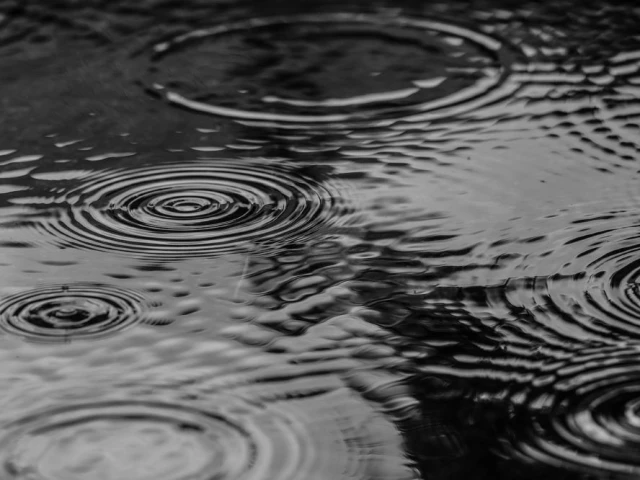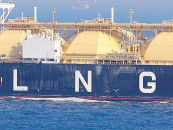Millions of gallons of rainwater go to waste in Lahore
The underground water level in Lahore is dropping by one to one and a half meters each year

Apart from drenching rooftops, streets, and alleyways, rainfall serves the crucial purpose of nourishing the parched layers of earth beneath the ground. Unfortunately, however, in a large city like Lahore, millions of gallons of valuable rainwater are wasted every year, due to the absence of adequate storage facilities.
Every day, Lahore extracts 70 to 80 million gallons of groundwater. WASA operates 600 tubewells in the city, while thousands more are run by private entities. Even though WASA has launched an underground water storage tank project aimed at conserving rainwater and helping restore the underground water levels, experts believe the efforts are disproportionate given the rate at which groundwater levels across the city are dropping.
According to Dr Muhammad Yasin, a water resources expert at the Centre for Integrated Mountain Research at the University of Punjab, the underground water level in Lahore is dropping by one to one and a half meters each year.
“If we extract a bucket of water from the ground, we should also return a bucket. Our university has constructed recharge wells at various locations. Previously, rainwater would accumulate for hours in different fields, but now, thanks to these recharge wells, it percolates into the ground,” said Dr Yasin, who seconded other experts’ views that if stored water was routed through recharge wells, the underground water table could improve.
“A recharge well is a simple but effective technique that filters rainwater through layers of stone, charcoal, and sand before directing it back into the ground. If rainwater is managed properly, not only can urban flooding be controlled, but this water can become a source of life for the earth. Rain harvesting is not just a technique, it is a way to revive the earth’s breathing and save every drop for a water crisis tomorrow,” noted Sohail Ali Naqvi, Director of Freshwater at WWF-Pakistan, which has so far built 35 recharge wells across various institutions and locations in Lahore, including the University of Punjab.
Speaking to the Express Tribune on the matter, WASA’s Managing Director Ghufran Ahmed, claimed that three tanks had already been completed at the Lawrence Road, Kashmir Road, and Sheranwala Gate, with a combined storage capacity of 4.4 million gallons.
“Construction is ongoing on ten more underground tanks across the city, with the largest being built at Gaddafi Stadium with a capacity of 4 million gallons. Other tanks under construction include those at Kareem Park (1.8 million gallons), Tajpura B Block (3.2 million gallons), Garden Town, Cooper Road, Rasool Park, Tikka Chowk, Railway Station, Waris Road, and Fruit Mandi. These will have storage capacities ranging from 1.5 to 1.8 million gallons each. Once complete, the city will have 13 active underground tanks with a total capacity of 24.2 million gallons,” said Ahmed.






















COMMENTS
Comments are moderated and generally will be posted if they are on-topic and not abusive.
For more information, please see our Comments FAQ